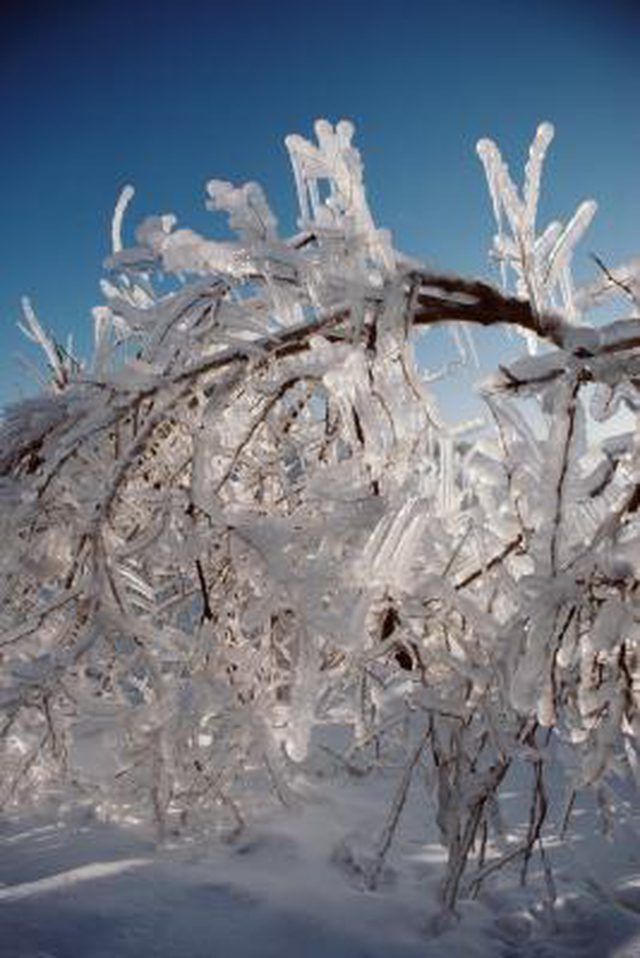Bulbs
Flower Basics
Flower Beds & Specialty Gardens
Flower Garden
Garden Furniture
Garden Gnomes
Garden Seeds
Garden Sheds
Garden Statues
Garden Tools & Supplies
Gardening Basics
Green & Organic
Groundcovers & Vines
Growing Annuals
Growing Basil
Growing Beans
Growing Berries
Growing Blueberries
Growing Cactus
Growing Corn
Growing Cotton
Growing Edibles
Growing Flowers
Growing Garlic
Growing Grapes
Growing Grass
Growing Herbs
Growing Jasmine
Growing Mint
Growing Mushrooms
Orchids
Growing Peanuts
Growing Perennials
Growing Plants
Growing Rosemary
Growing Roses
Growing Strawberries
Growing Sunflowers
Growing Thyme
Growing Tomatoes
Growing Tulips
Growing Vegetables
Herb Basics
Herb Garden
Indoor Growing
Landscaping Basics
Landscaping Patios
Landscaping Plants
Landscaping Shrubs
Landscaping Trees
Landscaping Walks & Pathways
Lawn Basics
Lawn Maintenance
Lawn Mowers
Lawn Ornaments
Lawn Planting
Lawn Tools
Outdoor Growing
Overall Landscape Planning
Pests, Weeds & Problems
Plant Basics
Rock Garden
Rose Garden
Shrubs
Soil
Specialty Gardens
Trees
Vegetable Garden
Yard Maintenance
Cutting the Tops Off a Leyland Cypress From Snow Damage
Cutting the Tops Off a Leyland Cypress From Snow Damage. A fast-growing hybrid evergreen tree that matures over 60 feet tall, the leyland cypress (x Cupressocyparis leylandii) is a short-lived plant, perhaps reliable for only 10 to 20 years in an American landscape. With shallow roots, weak wood and susceptibility to canker diseases and bagworm...

A fast-growing hybrid evergreen tree that matures over 60 feet tall, the leyland cypress (x Cupressocyparis leylandii) is a short-lived plant, perhaps reliable for only 10 to 20 years in an American landscape. With shallow roots, weak wood and susceptibility to canker diseases and bagworm infestations, leyland cypress becomes a liability in the garden. Multiple vertical trunks within the leyland cypress makes it especially vulnerable to damage from the weight load of heavy snow or ice. Snow causes the top of the cypress to splay, resulting in snapped limbs and a ruined canopy symmetry. Removing the damaged tops of the trees becomes more challenging and dangerous the taller the plants are.
Things You'll Need
A-frame ladder
Leather gloves
Pruning saw
Nylon straps
Place a tall, sturdy, A-frame ladder next to the damaged cypress. The top of the ladder should be as high as the bottom of the damaged trunks. Jostle and reposition the ladder frame so you can safely reach the trunks without leaning or twisting on the ladder. Rest the ladder legs onto firm soil to prevent instability once you climb the ladder.
Put on leather gloves. Grasping and working on the leyland cypress becomes easier and more reliable if you are not preoccupied with getting sap on your finger or prickled needles cuts on your hands.
Climb the ladder to a level below the top step to access the top of the leyland cypress. Your shoulders and arms should be even with 12 to 18 inches above the trunks at the point where you wish to cut them off.
Grasp each trunk in the leyland cypress canopy top with your off hand and place the handheld pruning saw in your preferred working hand. Your off hand stabilizes the trunk, making the pruning saw cut more efficiently. Do not begin to saw if the ladder seems wobbly and/or needs readjustment to improve your reach or access to the tree.
Cut the tree top trunks at a point that's 1 to 2 inches above a lower living branch. Make the cut horizontal across the trunk. Hold the trunk as long as possible to stabilize it while sawing. Once the trunk top becomes wobbly or topples over, let go of it. Do not compromise your own stability and safety on the ladder if the trunk is already snapping and falling from the tree after the saw cut.
Remove the remainder of the damaged trunks in the top of the leyland cypress. Stagger the height of the cuts among them to help mask the fact you had to cut off the top of the tree. One of these trunks may sprout a new upright branch to become a new leader or tip of the tree.
Insert and wrap a nylon strap 12 to 18 inches down from the top of the leyland cypress after all snow-damage trunks are removed. Tie the strap with two knots to secure the strap around the trunks, to create an enclosed top to the tree. Do not tie too tightly as you don't want the trunks to be strained or crowded against each other. Tying helps support the tree's top and prevent further splaying from winds and future snow and ice loads.